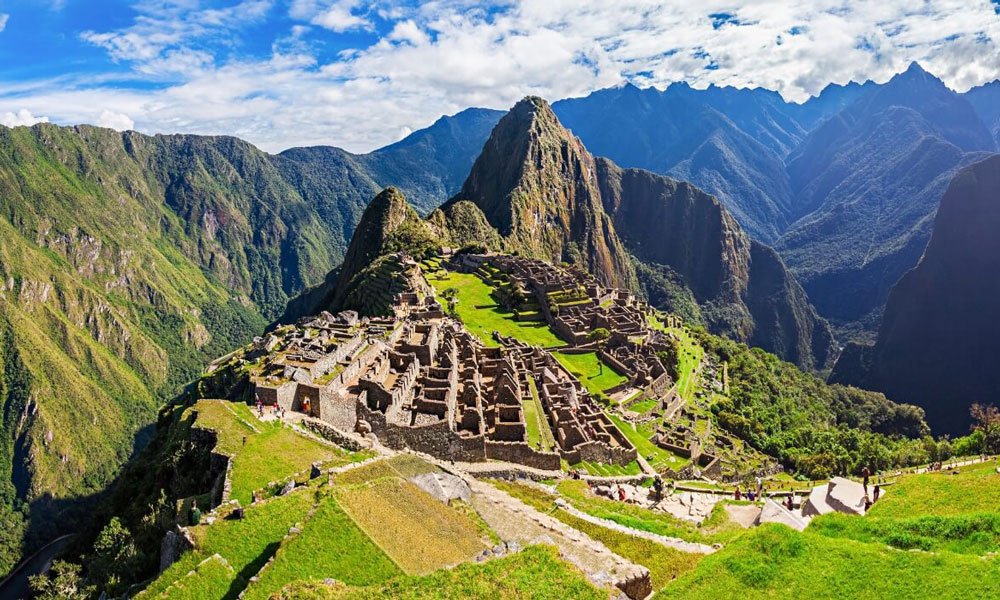How do taxis and transportation apps work in Lima and Cusco?
- In Lima and Callao, the institution that regulates taxis is the ATU (Urban Transport Authority).
- Taxis must meet certain legal requirements: driver’s license, authorization, mandatory traffic accident insurance (SOAT or CAT), vehicle inspection, etc.
- There are also specific rules for independent taxis, app-based taxis, and executive services.
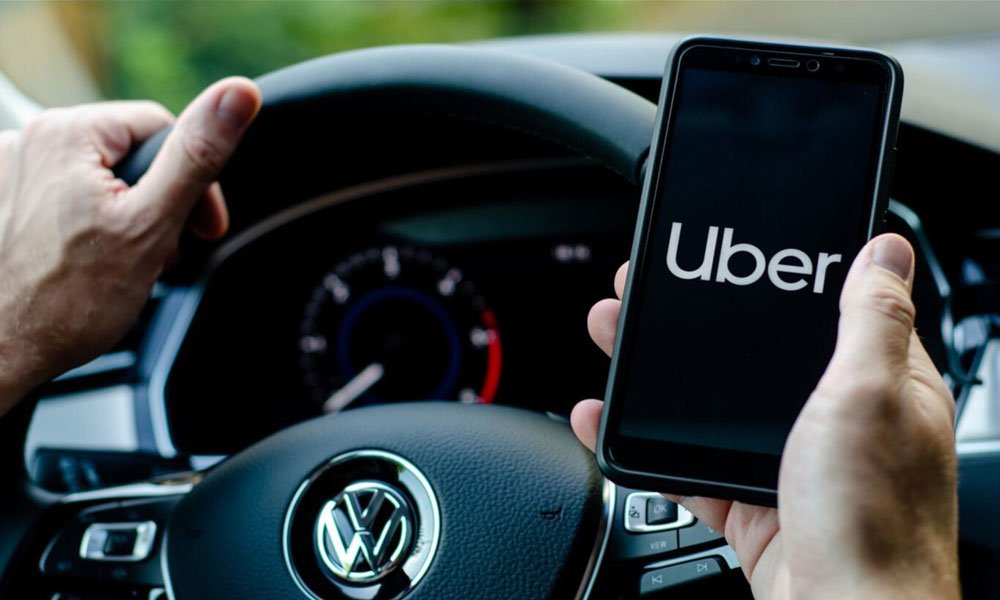
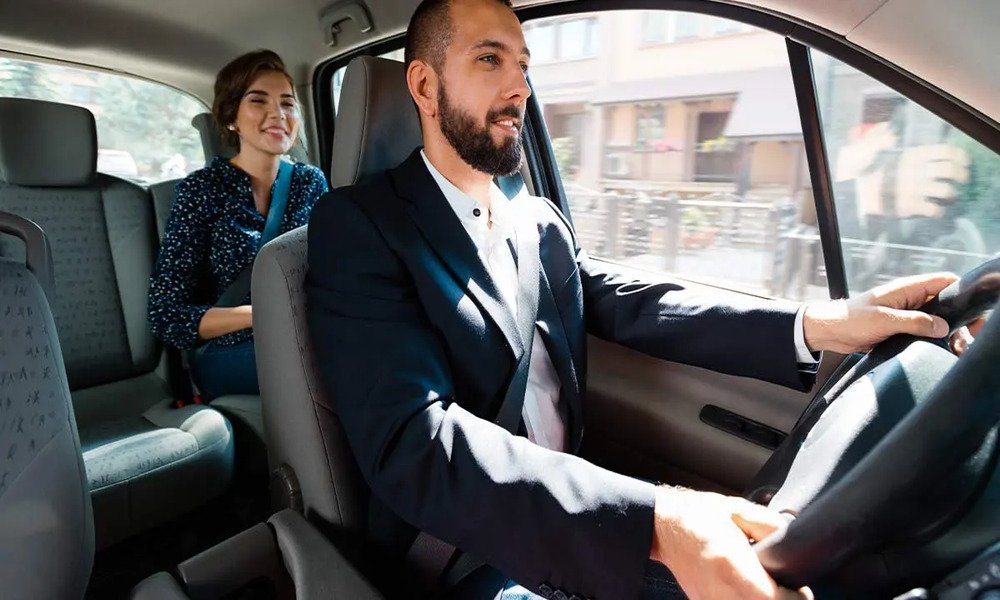
Transportation and Taxi Apps in Lima and Cusco
Regulation of Taxis in Lima and Callao
The Urban Transport Authority (ATU) is the institution responsible for regulating taxi services in Lima and Callao.
Taxis must comply with certain mandatory legal requirements:
-
Valid driver’s license.
-
Authorization to provide taxi service.
-
SOAT or CAT (Mandatory Traffic Accident Insurance).
-
Periodic vehicle inspection.
There are three main types of taxis:
- Independent taxis (private drivers without a company).
- App-based taxis (Uber, Cabify, InDriver, etc.).
- Executive or corporate taxis (premium services).
How do taxis and transportation apps work in Lima and Cusco?
Transportation Apps (“Ride-Hailing”)
Several international and local applications operate in Peru.
Uber works both in Lima and Cusco and allows you to:https://www.chullostravelperu.com/category/cusco-es/
-
Request a ride directly from the app.
-
See an estimated price.
-
View driver and vehicle information before boarding.
Other common apps include Cabify, InDriver, DiDi, and Beat (though some may have limited coverage in certain regions).
Each app may accept different payment methods: card, cash, or digital wallets, depending on local settings. 🚓🚗
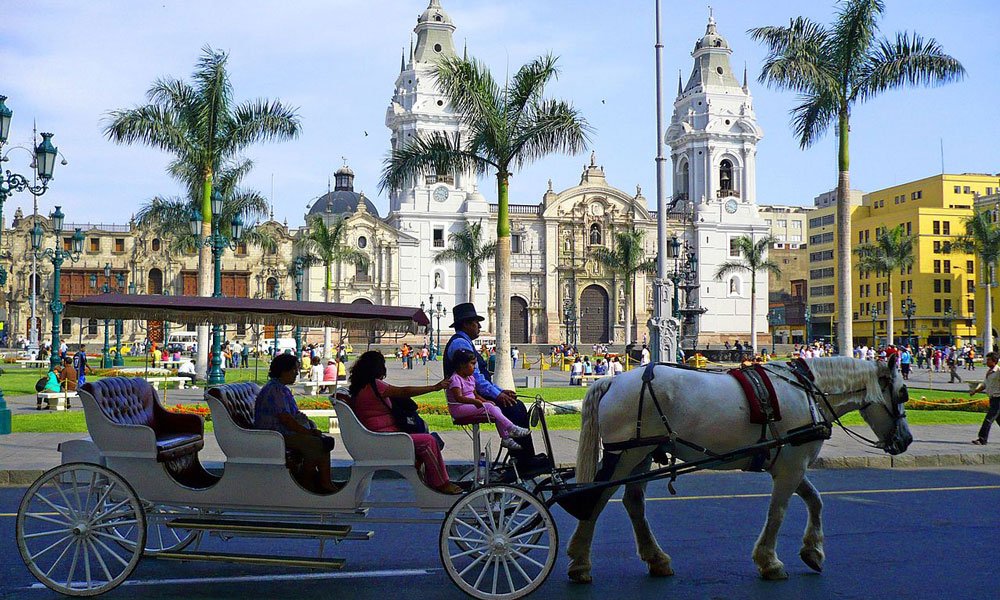
Tips for Mexican Travelers
For someone coming from Mexico, these points are essential:
Language:
Most apps are available in Spanish. Functions such as maps or GPS work the same as in Mexico.
Payment:
Bring accepted payment methods: cash and cards.
Street taxis generally only accept cash, while apps allow card or cash payments if enabled.
Safety:
- Check that the car and driver match the app details (photo, plate, model).
- Avoid informal street taxis; use apps or official services.
Fares:
- Apps show an estimated price before confirming the trip.
- In street taxis, the price is negotiated before boarding.
- Be cautious of inflated fares, especially in tourist areas.
Transportation from Airports
At Jorge Chávez International Airport (Lima): https://www.lima-airport.com/
- There are official taxis and regulated app services.
- Avoid accepting rides from people outside the authorized zones.
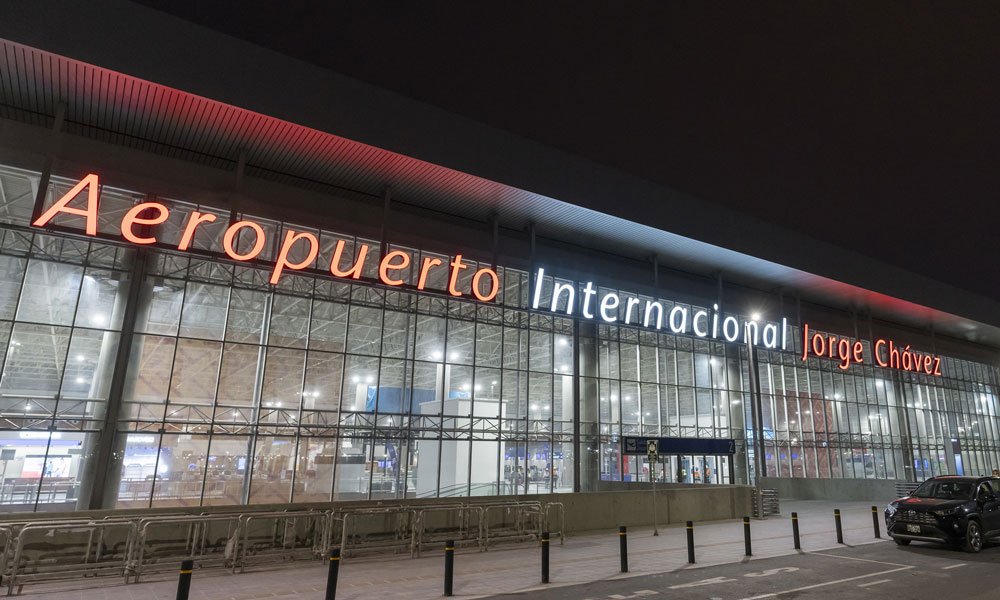
Lima vs Cusco: Practical Differences
Lima:
-
Wide app coverage (Uber, Cabify, InDriver, etc.).
-
Active regulation by the ATU.
-
Heavy traffic and variable travel times depending on area and time.
-
Dynamic fares during peak hours.
Cusco:
-
In the historic center and tourist zones, apps work well.
-
In rural areas or the Sacred Valley (Ollantaytambo, Pisac, Urubamba), coverage may be limited.
-
Prices can be higher due to return distances or mountain terrain.
-
Some local taxis may offer negotiable fares if you know the usual rates.
Flight from Mexico to Cusco (Peru)
There are no direct flights, so a layover in Lima is required.
- Typical route:
- Mexico City (MEX) → Lima (LIM) – flight of 6 to 7 hours.
-
- Lima (LIM) → Cusco (CUZ) – short flight of 1 hour.
- Most used airlines: LATAM, Avianca, Aeroméxico, Sky Airline.
From Aguas Calientes to Machu Picchu:
You have two options:
- On foot: a steep climb of 1.5 to 2 hours.
- CONSETTUR Bus:
-
Departs every 10–15 minutes.
-
Duration: 25 minutes.
-
Round trip price: approx. $24 USD.
-
Tickets to Machu Picchu
You must purchase your ticket in advance at: https://www.machupicchu.gob.pe/
There are several types:
- Machu Picchu Only
- Machu Picchu + Huayna Picchu Mountain
- Machu Picchu + Machu Picchu Mountain
Weather and Best Time to Visit
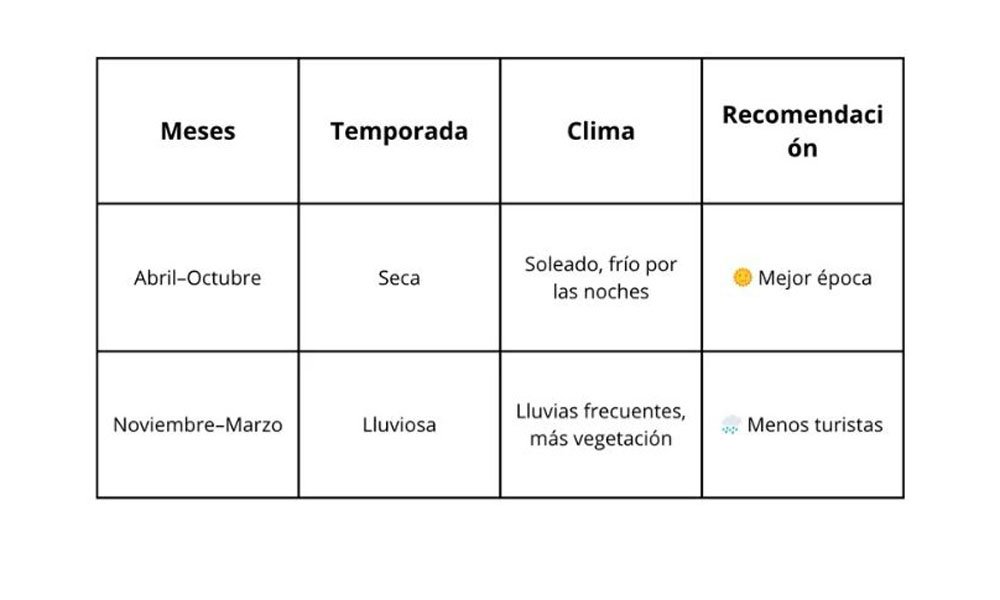
General Conclusion: Getting Around Peru – An Experience as Rich as Its Culture
Getting around Peru, especially in cities as different as Lima and Cusco, is much more than simple transportation: it’s part of the journey—a way to discover the country’s rhythm and everyday life.
Each ride—by taxi, app, train, or van—offers a different view of real Peru, with its friendly people, changing landscapes, and unique blend of tradition and modernity.
In vibrant Lima, traffic and movement are part of the urban pulse. Apps like Uber or Cabify work wonderfully and make life easier. Traditional taxis also exist, and if you know how to negotiate, they can be a practical option. In this big city, the key is planning: check fares before requesting a ride, avoid rush hours, and always choose official or ATU-regulated services.
Cusco, on the other hand, has its own charm: narrow cobblestone streets full of history, where cars mingle with tourists, llamas, and mountain air. Apps also work here, especially in the historic center and tourist areas. However, when traveling to the Sacred Valley or rural areas, it’s often best to coordinate with local taxis or tourist transport operators who know the routes and travel times well.
Beyond practical advice, it’s worth remembering that transportation in Peru is also part of its charm. Every ride connects you to its culture, its people, and the hospitality that characterizes Peruvians.
From a taxi driver in Lima telling neighborhood stories to a Cusco driver proudly showing the landscapes of the Sacred Valley—every kilometer can become a conversation, an anecdote, or a memorable moment.
